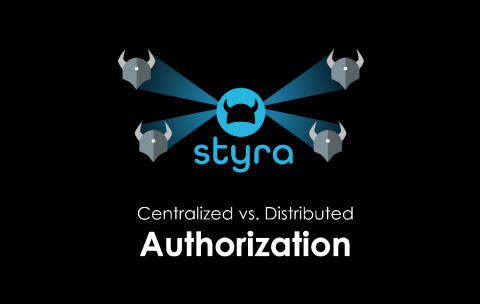Weekly Cyber Security News 10/05/2019
A selection of this week’s more interesting vulnerability disclosures and cyber security news. After last week’s news about a part of Docker Hub being exposed, things have got just a little bit worse. One of the most popular images has a root account vulnerability. Now, with someone knowing what people have, and that there is a potential hole, a target list becomes massively reduced…









